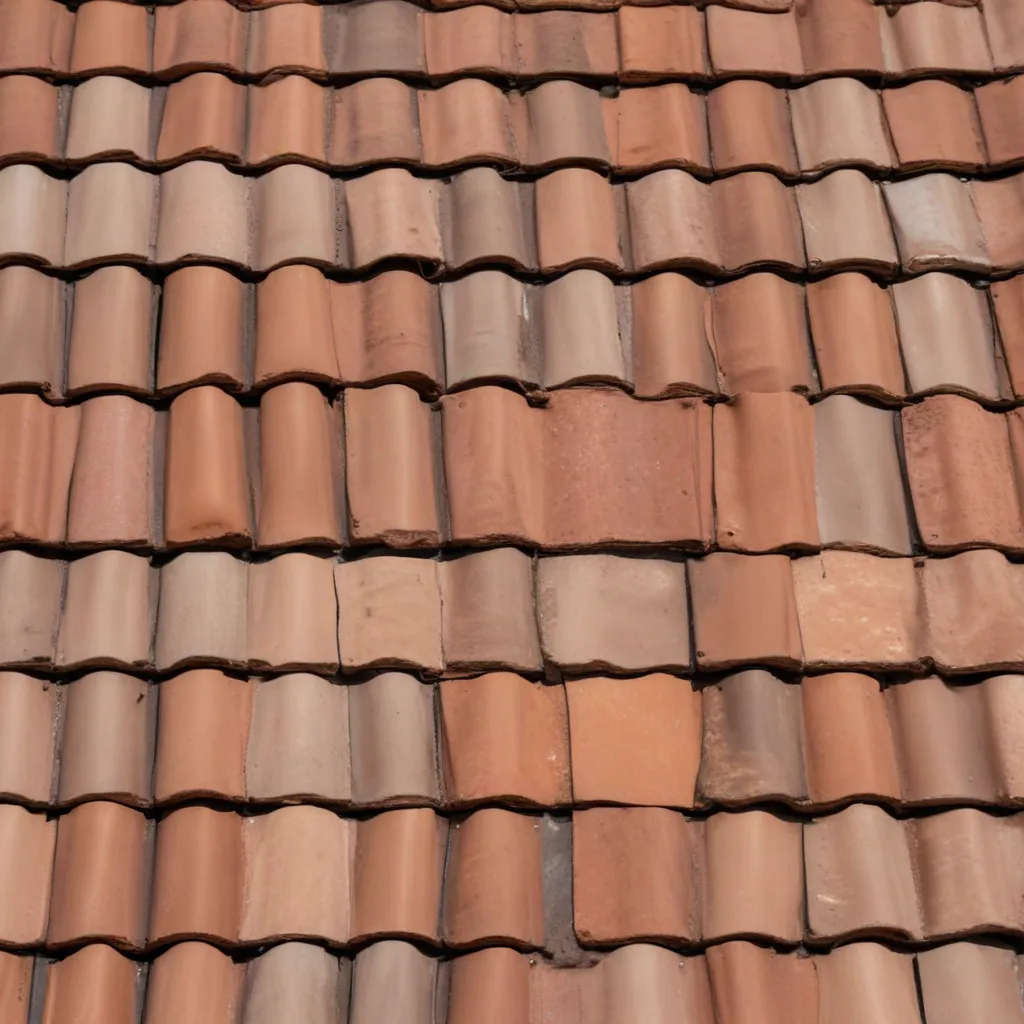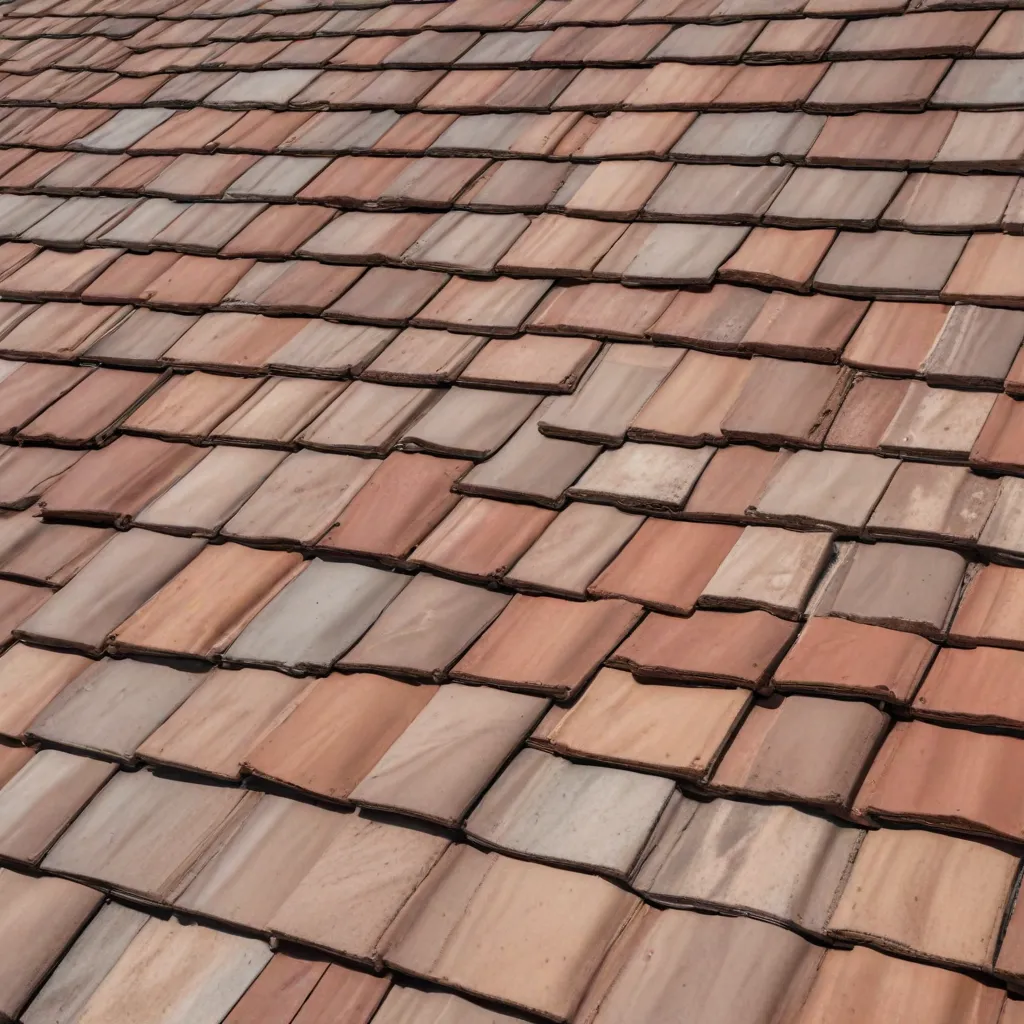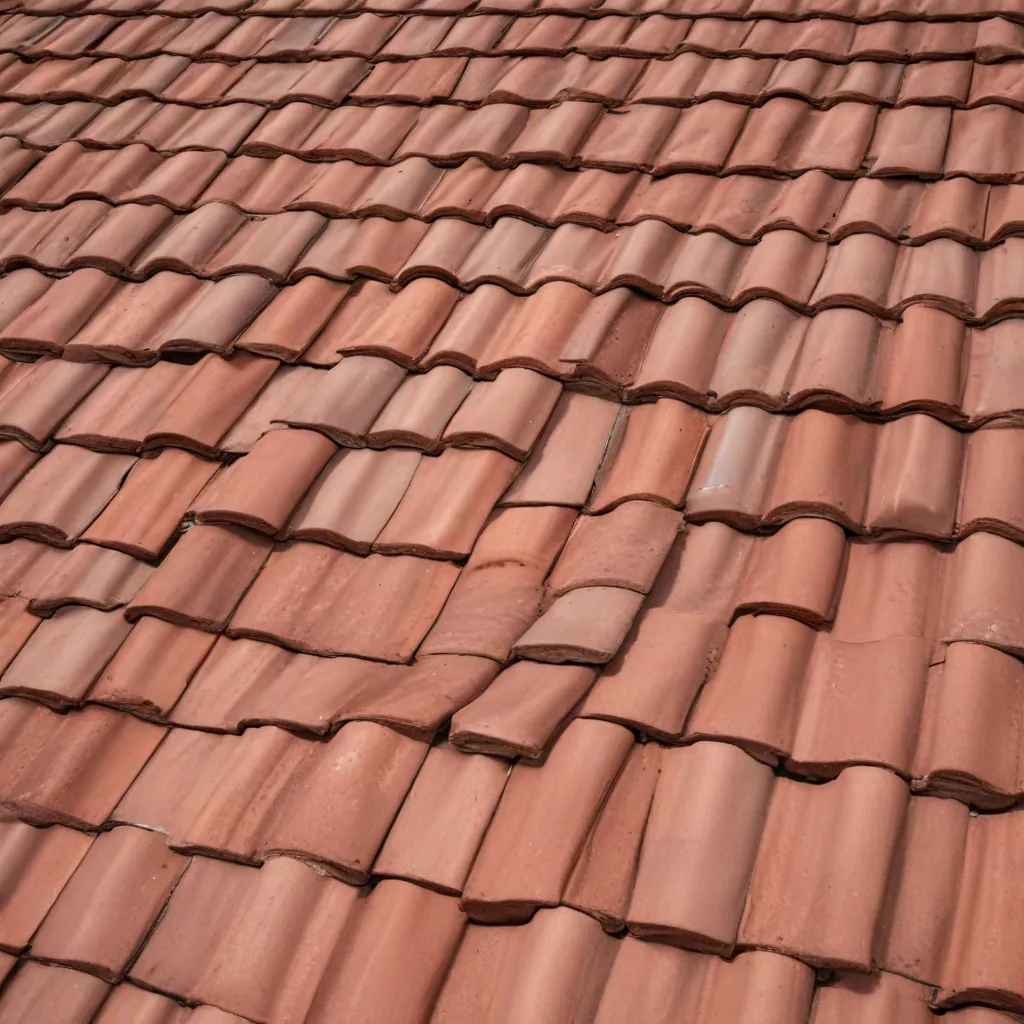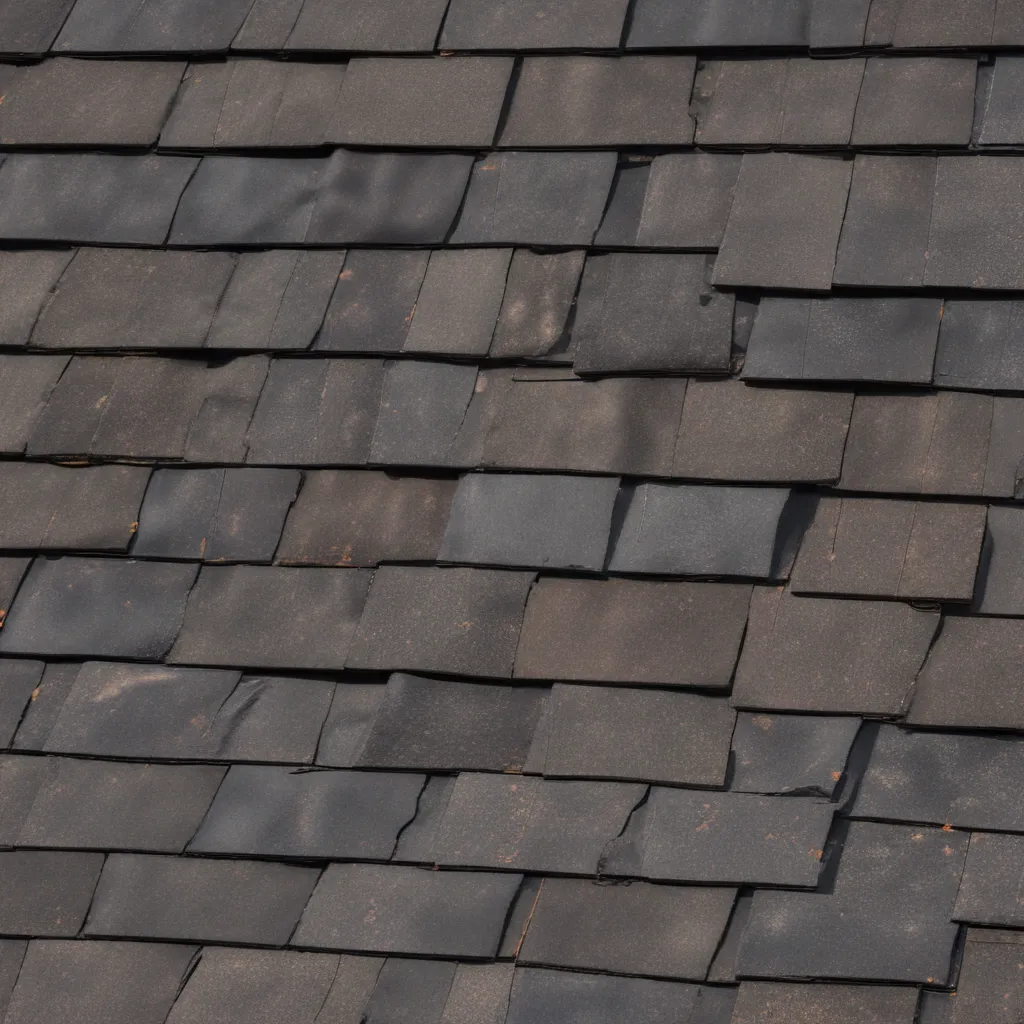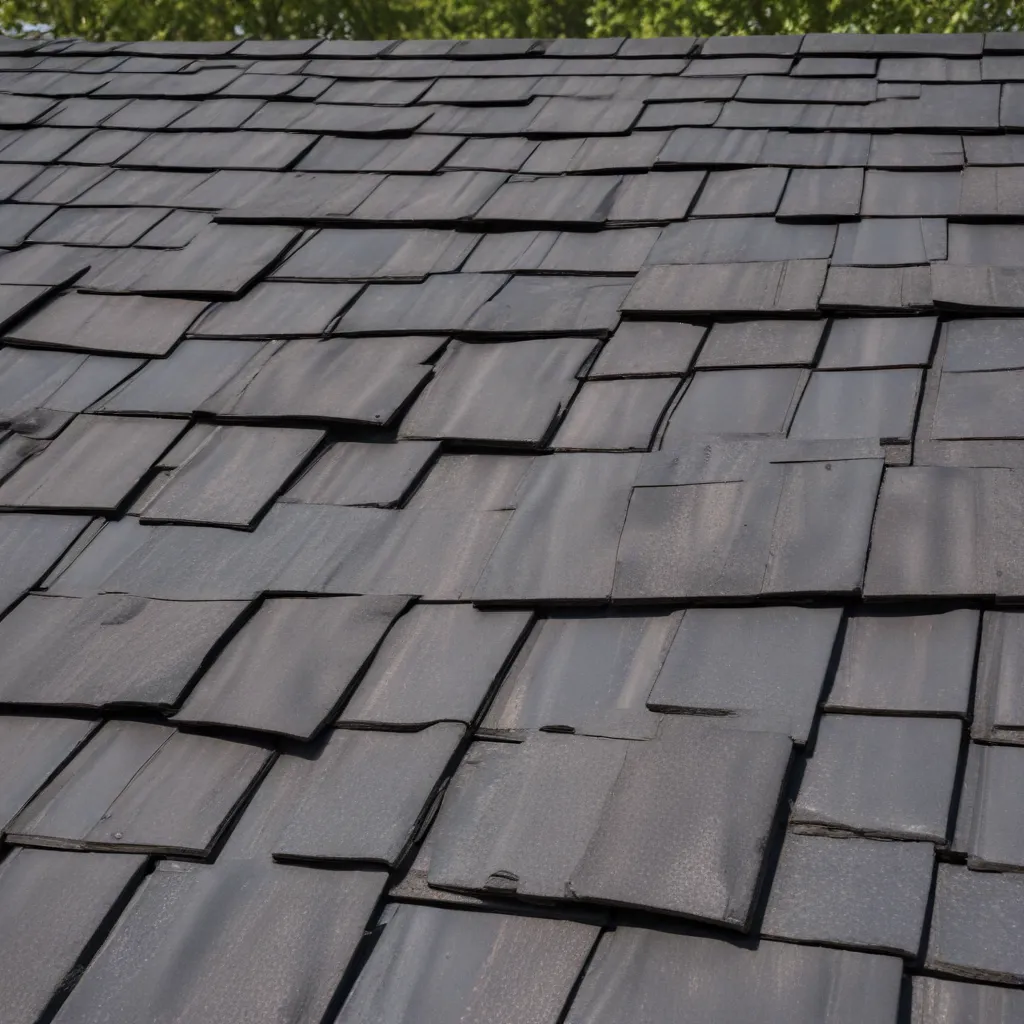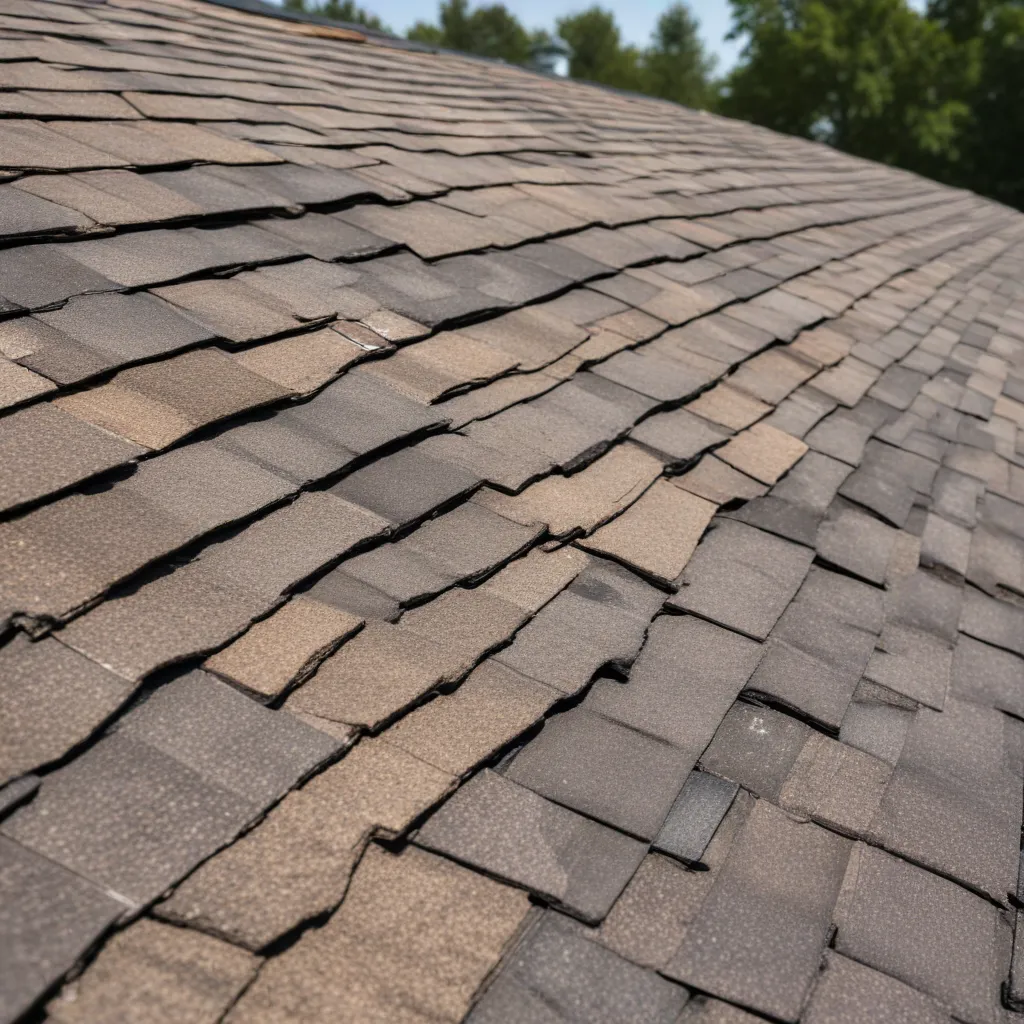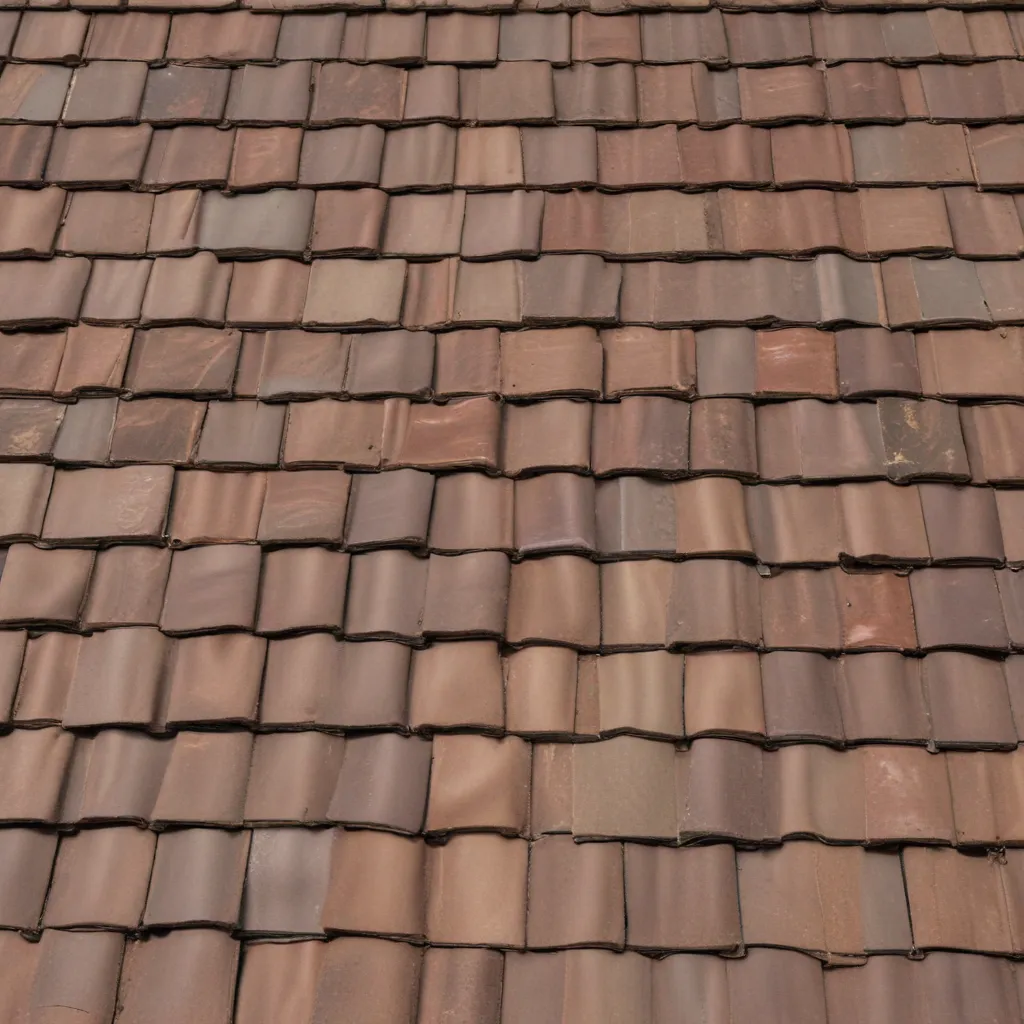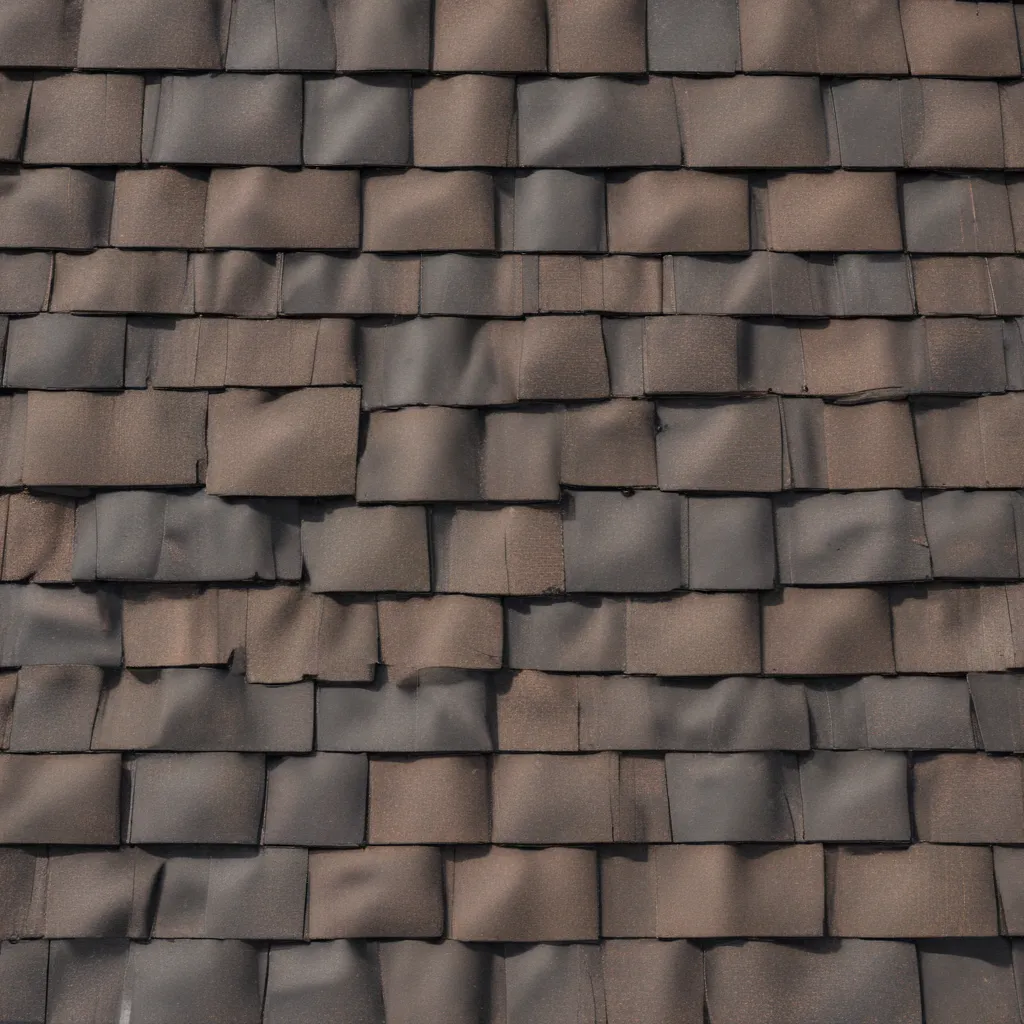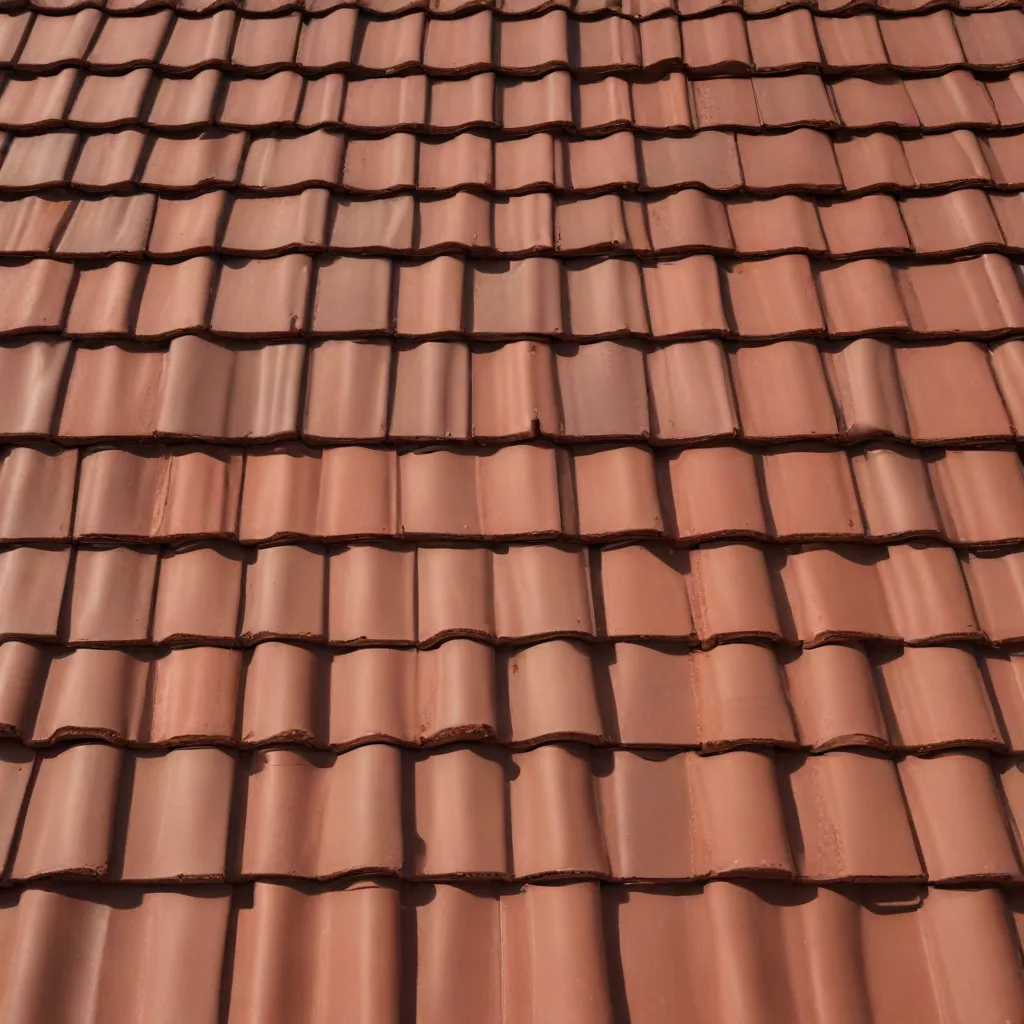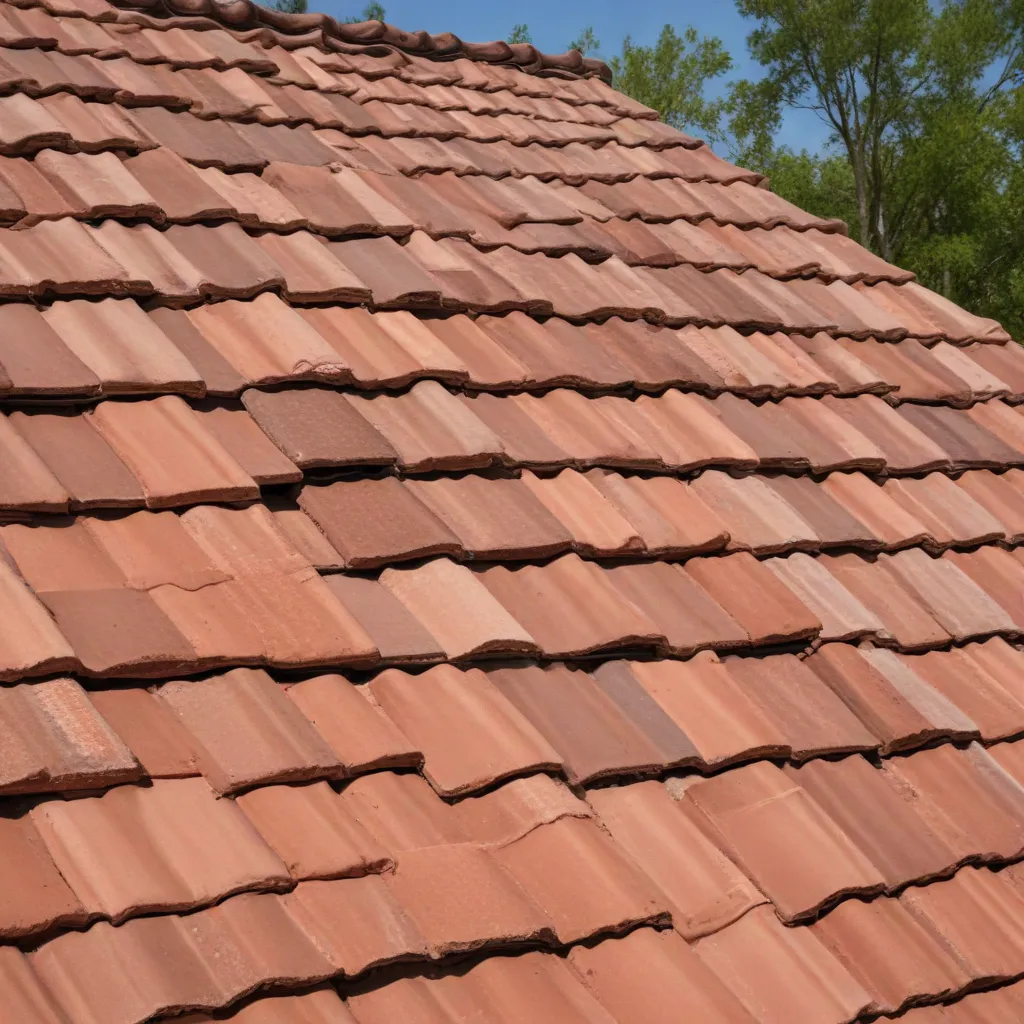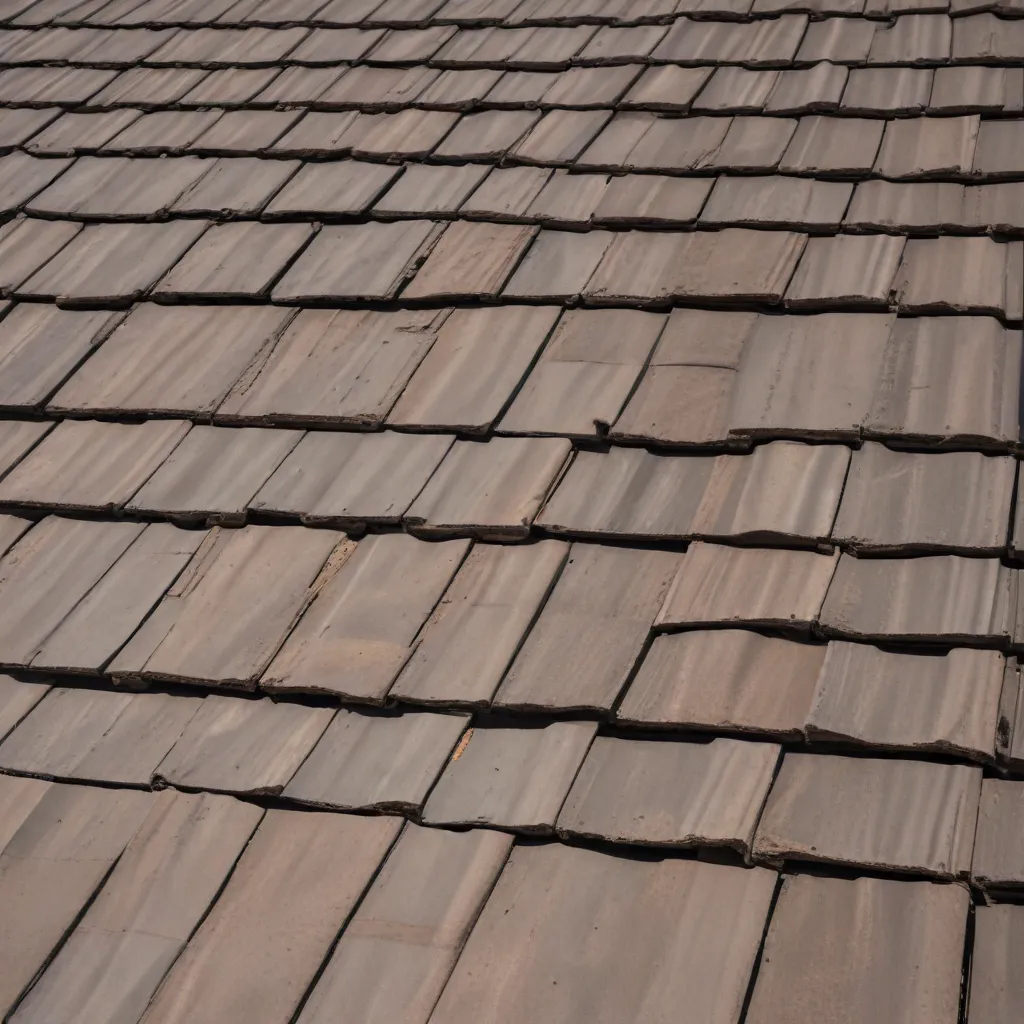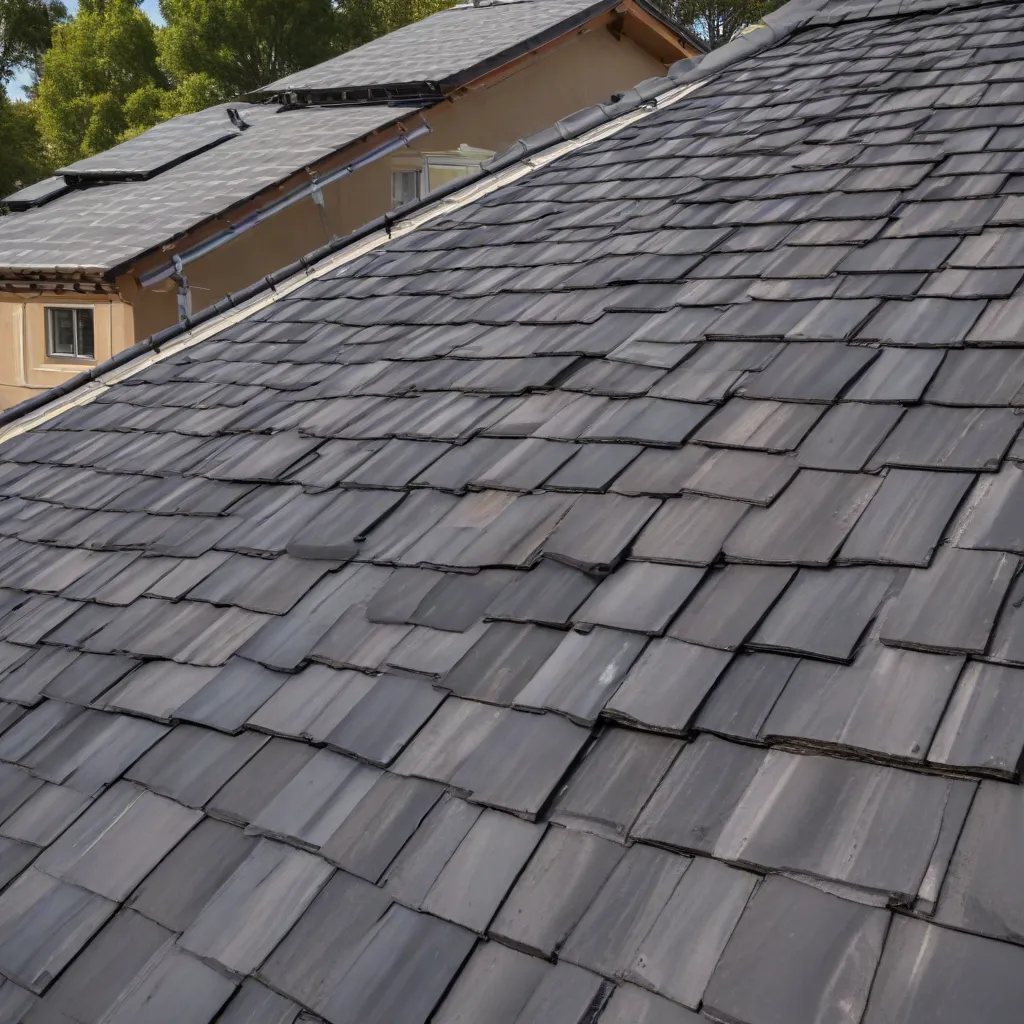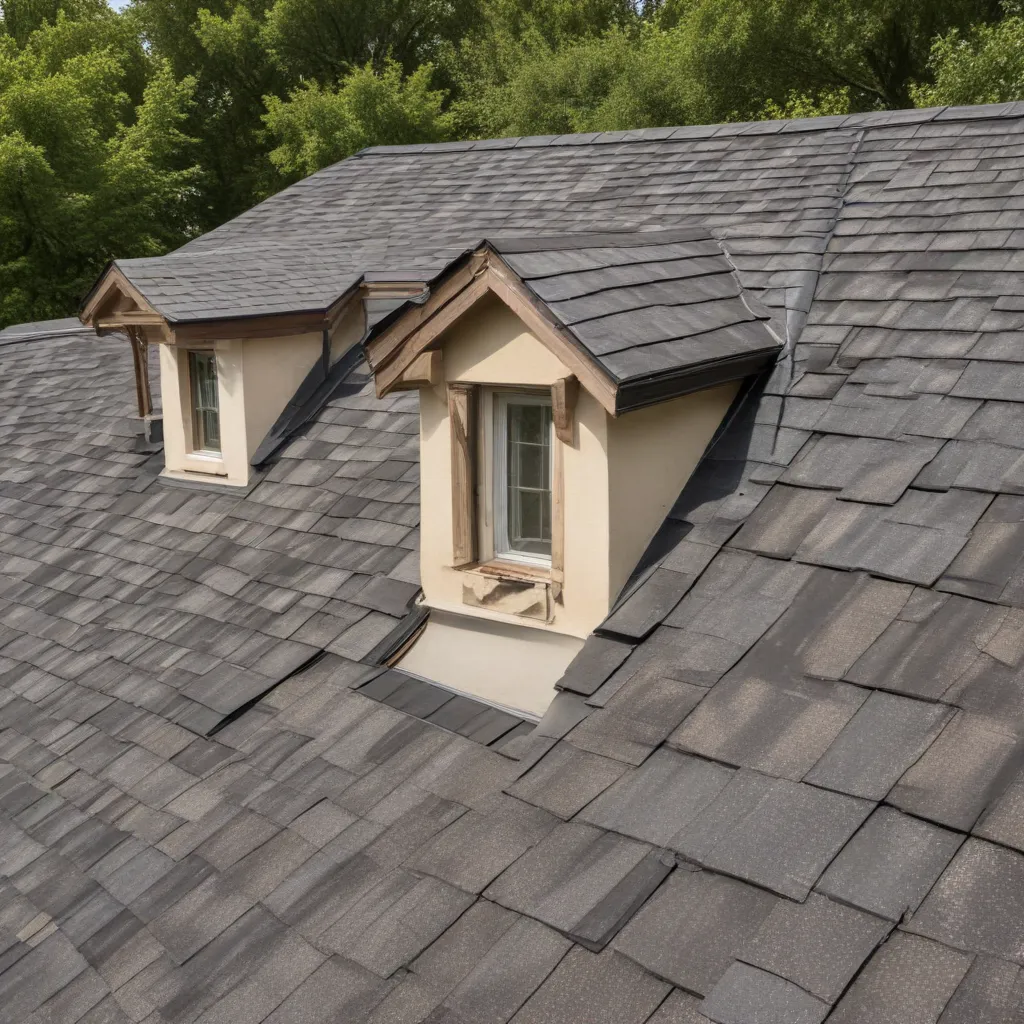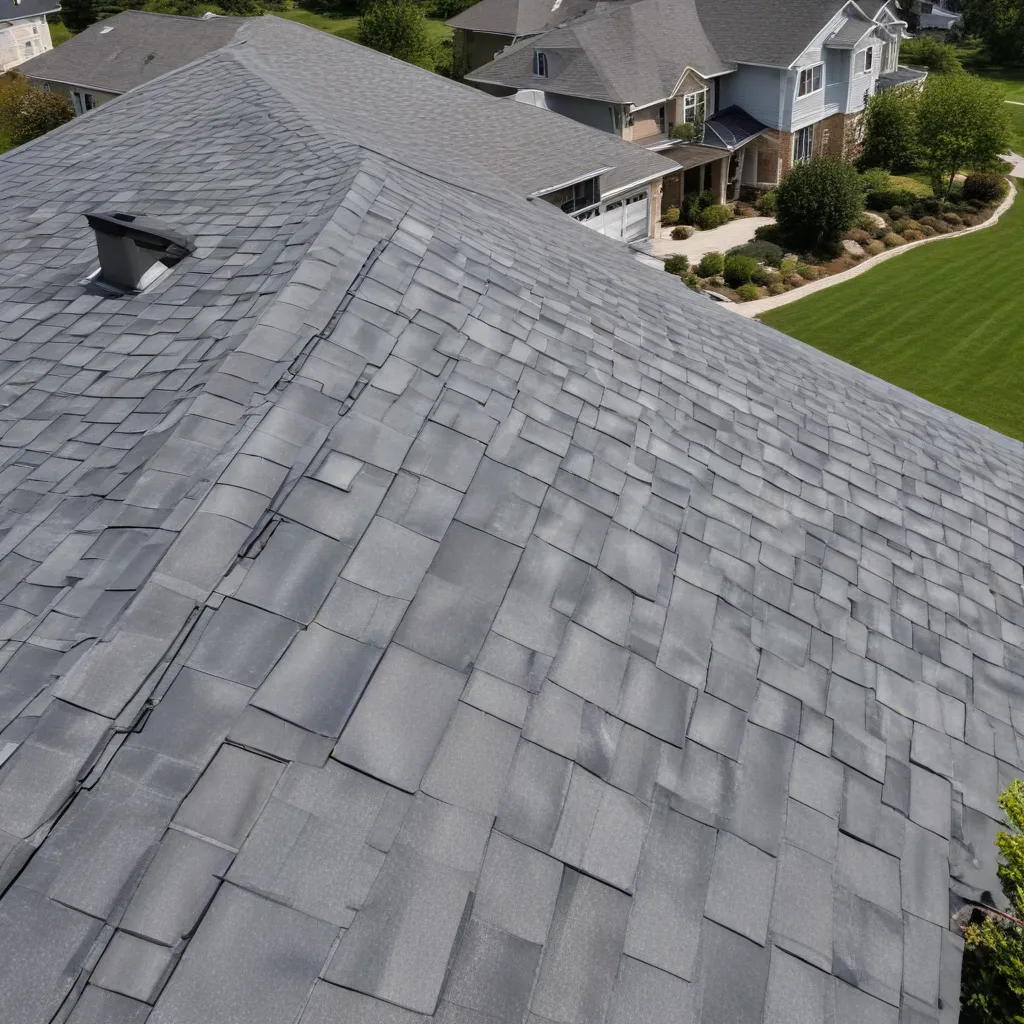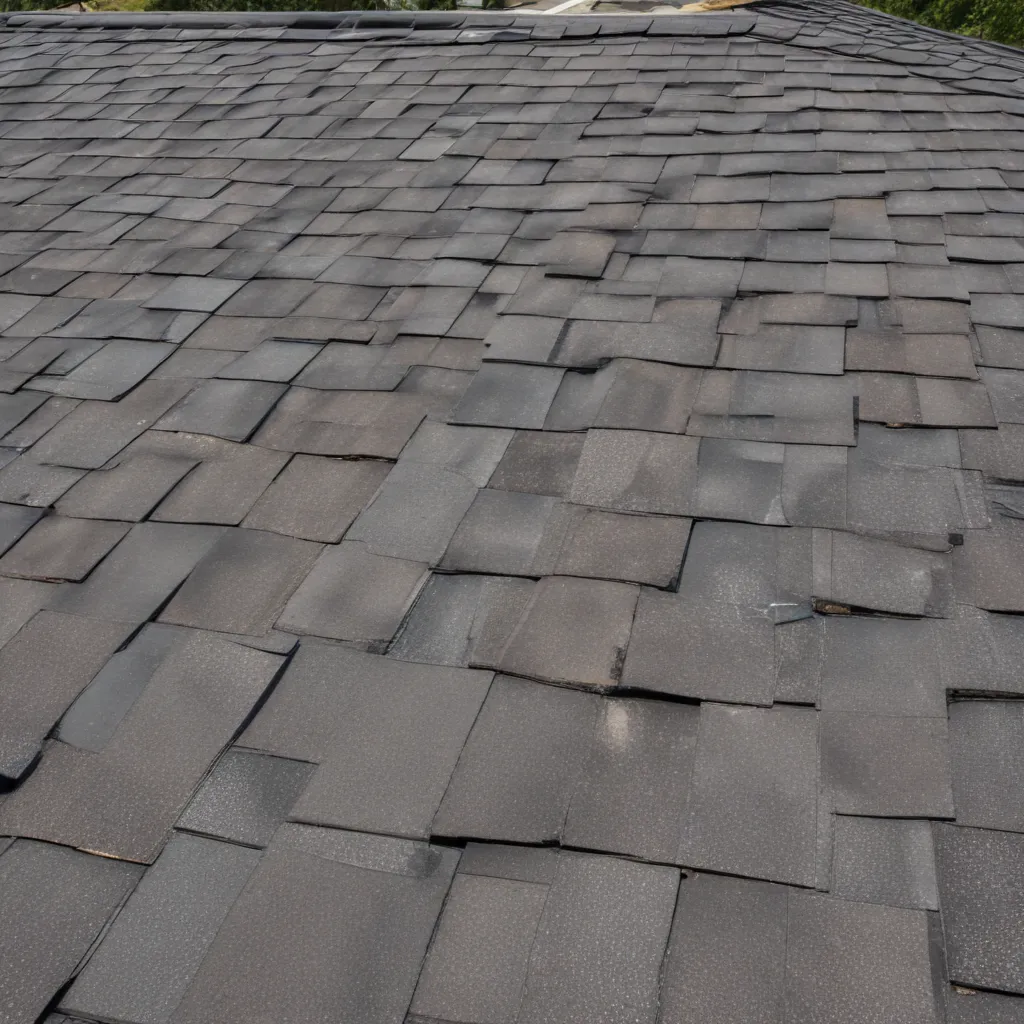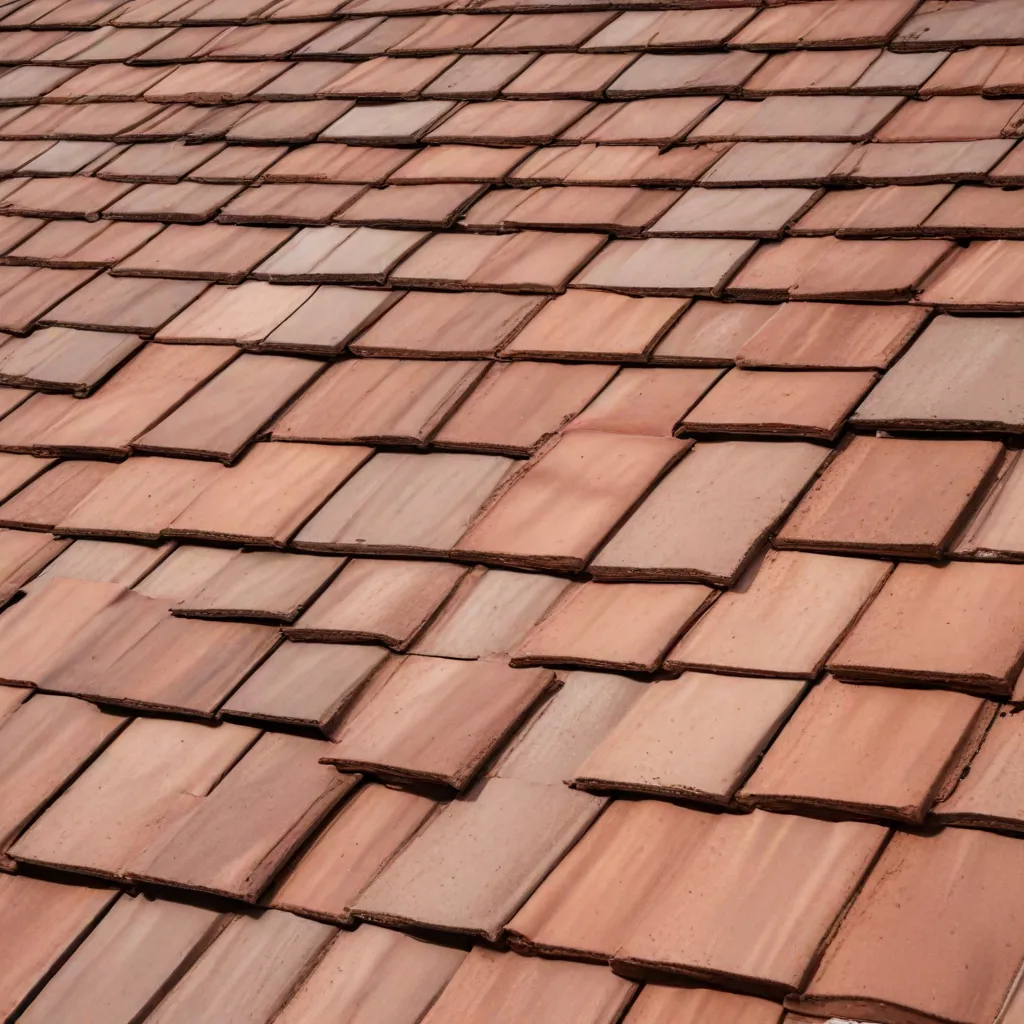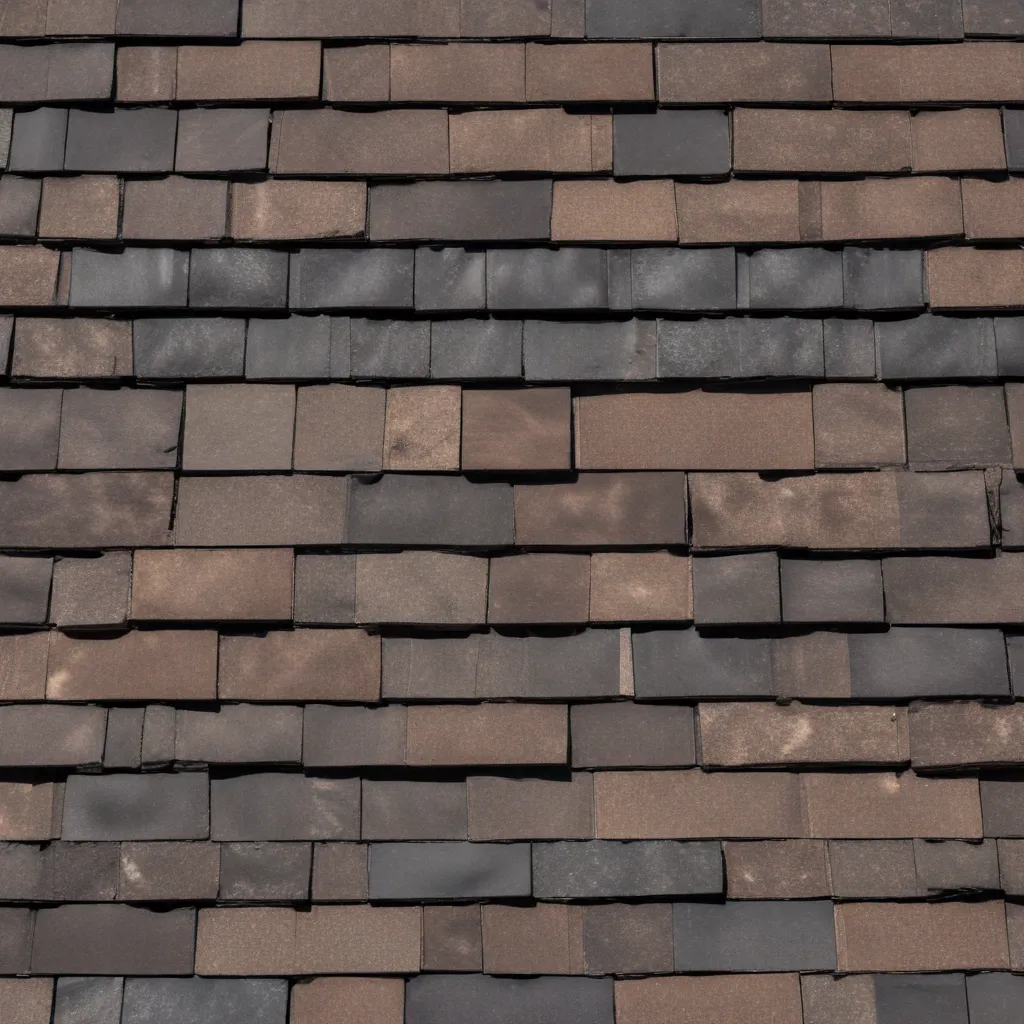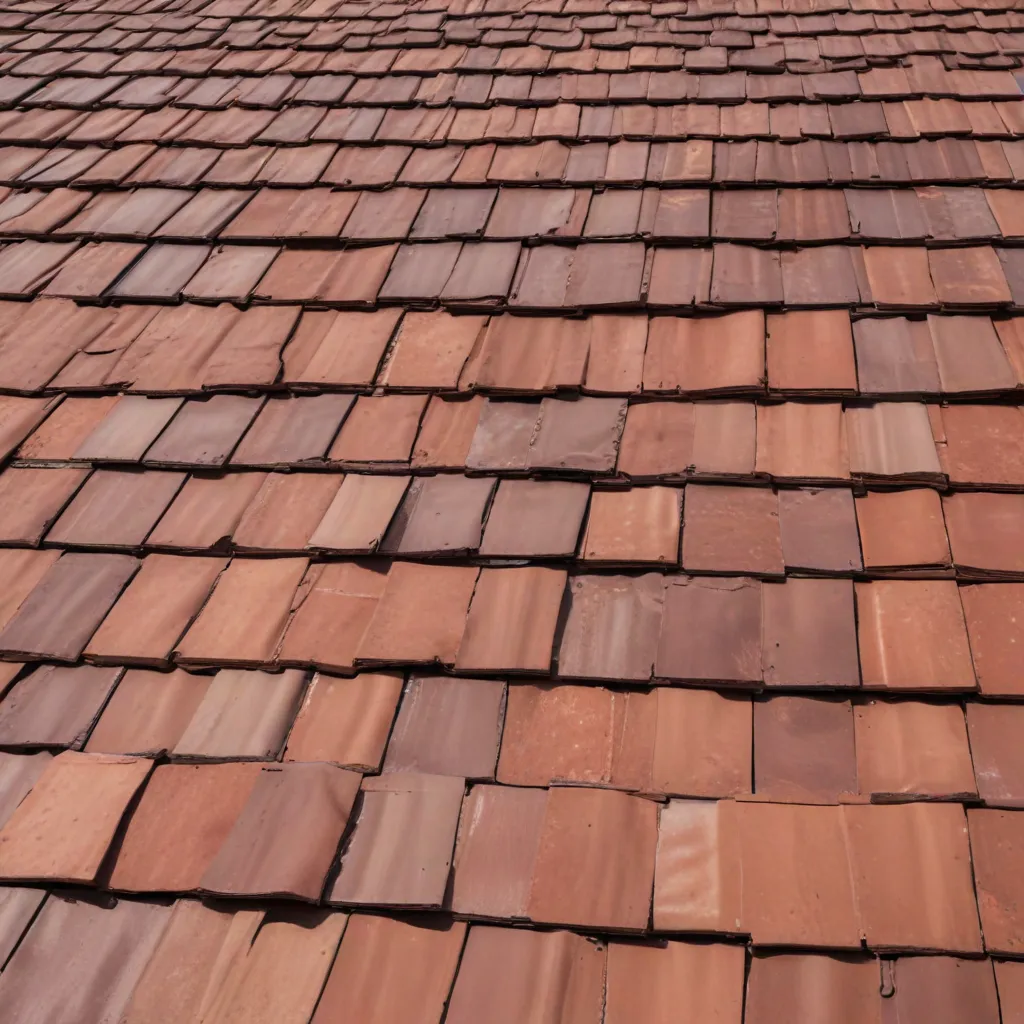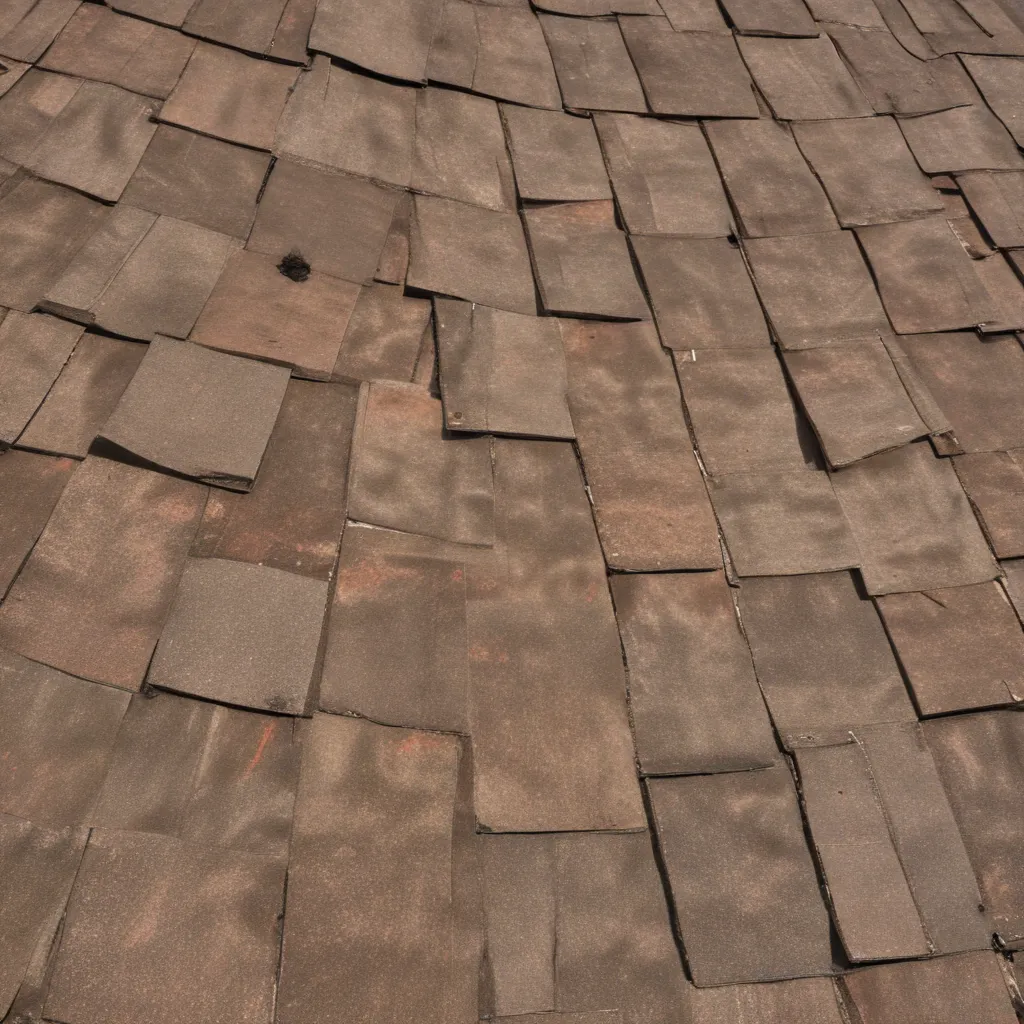
When it comes to building a durable, long-lasting roof, the foundation you lay beneath the visible roofing materials is just as crucial as the aesthetic choices made above. Roof underlayment, a critical yet often overlooked component, plays a pivotal role in ensuring your home stays protected from the elements.
Types of Roof Underlayment
Among the various underlayment options available, three primary types stand out for their ability to provide exceptional weather resistance:
Synthetic Underlayment
Synthetic underlayment, also known as non-bitumen synthetic underlayment, is a popular choice due to its water-resistant properties. This type of underlayment is typically composed of fiberglass or other synthetic materials, ensuring superior stability and impressive tear resistance. Its composition also makes it resistant to mold and fungal growth, while its strength allows it to withstand strong winds. Synthetic underlayment is often used across the entire roof deck, though additional waterproof products may be required to provide even more durability.
Asphalt-Saturated Felt
The traditional choice before the rise of synthetic products, asphalt-saturated felt underlayment (also known as tar and felt paper) is made from a blend of natural plant fibers, polyester, cellulose, bitumen, and asphalt. This flexible base mat is soaked in asphalt to make it water-resistant and remarkably strong. An additional waterproof underlayment is typically added beneath to ensure a roof’s waterproofness. One of the key benefits of asphalt-saturated felt is the availability of multiple thickness options, making it easier to comply with local building code requirements.
Modified Bitumen Underlayment
In recent years, self-adhered modified bitumen underlayment has gained popularity among those seeking a weather-resistant roofing solution. This type of underlayment features a sticky backing that adheres directly to the roof deck, creating a waterproof seal between the deck and the underlayment. Compared to other options, self-adhered modified bitumen underlayment is versatile, strong, incredibly waterproof, and cost-effective. One such product, Tag & Stick, stands out for its innovative 2-ply reinforced fiberglass design soaked in modified asphalt, providing unparalleled protection against inclement weather in regions like South Florida.
Roof Preparation and Installation
Proper preparation of the roof deck is crucial for ensuring the long-term performance and weather-tightness of your roof system. This includes cleaning and leveling the deck, as well as applying a suitable moisture barrier before installing the underlayment.
Deck Preparation
Regardless of whether you’re installing a new roof or replacing an existing one, the roof deck must be in good condition. Any damaged, rotted, or uneven areas should be repaired or replaced to provide a stable foundation for the underlayment and roofing materials.
Once the deck is ready, the next step is to apply a moisture barrier, typically in the form of a synthetic or felt underlayment. This layer creates a protective shield against water intrusion, preventing potential leaks and damage to the roof structure.
Underlayment Attachment
Roof underlayment can be installed using two primary methods: mechanical fastening or self-adhesive application.
Mechanically Fastened Underlayment: This method involves securing the underlayment to the roof deck using roofing nails or staples, ensuring a secure and consistent attachment.
Self-Adhering Underlayment: Self-adhesive underlayment, like the aforementioned Tag & Stick, features a peel-and-stick backing that adheres directly to the roof deck, creating a waterproof seal without the need for additional fasteners.
Overlapping and Sealing
Proper overlapping and sealing of the underlayment is essential for maintaining a weather-tight roof system. Underlayment should be installed with the appropriate overlap, typically between 2 to 4 inches, to prevent water from seeping through the seams. Additionally, all seams, edges, and penetrations should be sealed using a compatible sealant or tape to create a continuous barrier against moisture intrusion.
Weather-Tight Roof Performance
The primary purpose of roof underlayment is to protect your home from the elements, ensuring the longevity and integrity of your roofing system. This entails providing robust protection against wind, rain, and other severe weather conditions.
Protecting Against the Elements
Wind and Rain Resistance: Roof underlayment plays a crucial role in safeguarding your home against the damaging effects of wind-driven rain. A high-quality underlayment, such as the self-adhered modified bitumen variety, creates a secure, waterproof barrier that prevents water infiltration and leaks, even during the most intense storms.
Ice Dam Prevention: In colder climates, proper underlayment selection and installation can help mitigate the formation of ice dams, which can lead to water damage and costly repairs. Self-adhered underlayment, in particular, provides a reliable barrier against the entry of meltwater, protecting your roof and home from the detrimental effects of ice dams.
Maintaining Roof Integrity
Underlayment Longevity: The durability and longevity of your roof underlayment are essential for maintaining the overall performance and lifespan of your roofing system. High-quality synthetic and modified bitumen underlayments are designed to withstand the effects of UV exposure, temperature extremes, and other environmental stressors, ensuring your roof remains protected for decades.
Material Compatibility: Choosing an underlayment that is compatible with your roofing materials is crucial for ensuring a cohesive and reliable system. Manufacturers of premium roofing products often recommend specific underlayment types to ensure optimal performance and warranty coverage.
Building Code and Safety Considerations
When selecting and installing roof underlayment, it’s essential to consider local building code requirements and adhere to recommended safety practices.
Local Building Code Requirements
Many regions, particularly those prone to severe weather, have specific regulations regarding roof underlayment. For example, in Florida, all roofing underlayment for asphalt-saturated felt must weigh at least 15 pounds per 100 square feet. Additionally, the underlayment material must be approved, such as the Tag & Stick self-adhered modified bitumen product, which has been approved by the Florida Building Commission.
Safety Practices
Proper safety is paramount when working on a roof, especially during the installation of underlayment. Roofers should always wear appropriate personal protective equipment (PPE), such as harnesses, non-slip shoes, and eye protection. Handling of roofing materials, including underlayment, should be done with care to prevent injuries or damage to the products.
By addressing the essential elements of roof underlayment – from the various types and their unique characteristics to the proper preparation, installation, and safety considerations – you can ensure your roof is equipped to withstand the harshest weather conditions and provide long-lasting protection for your home or building.

